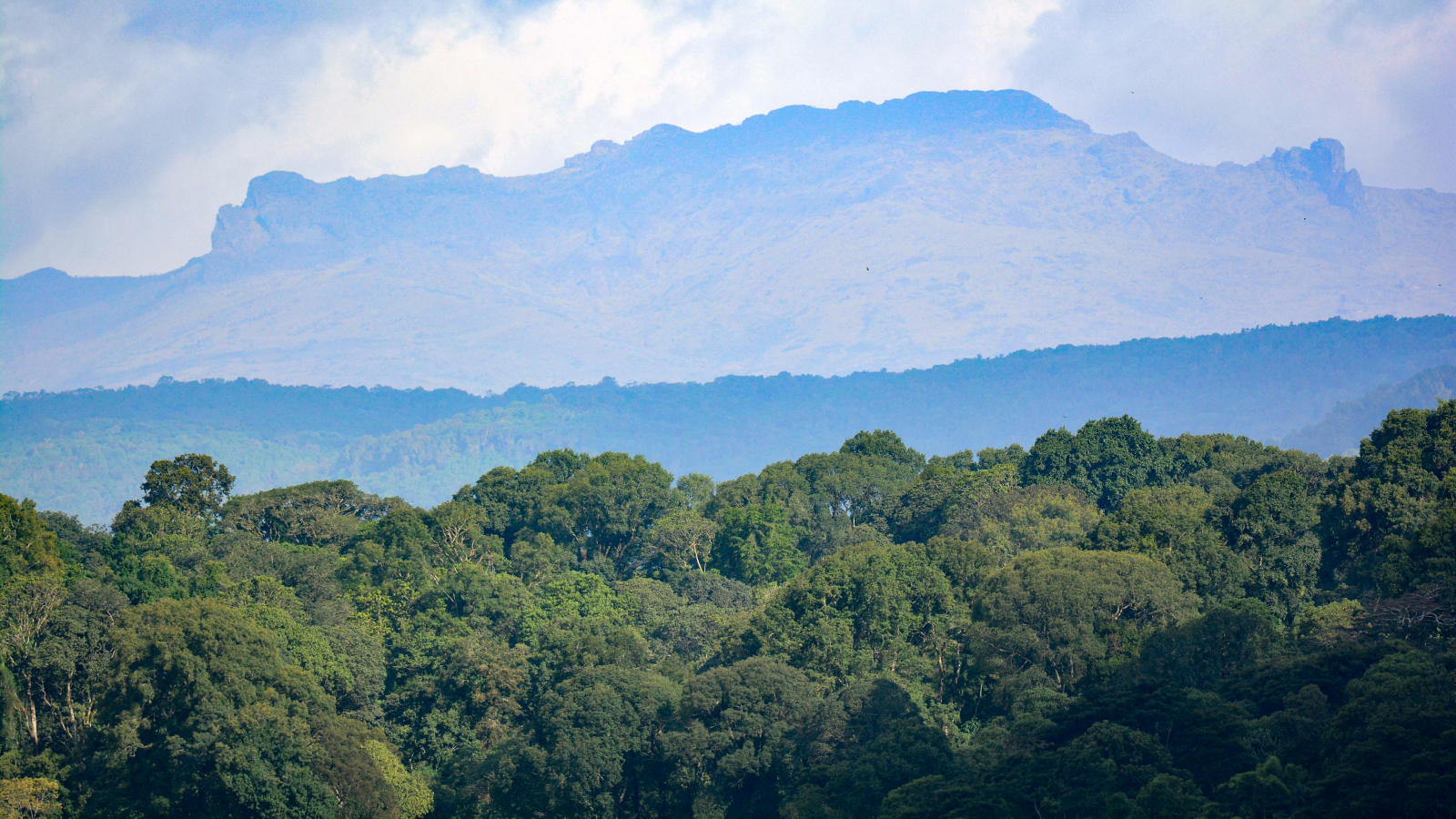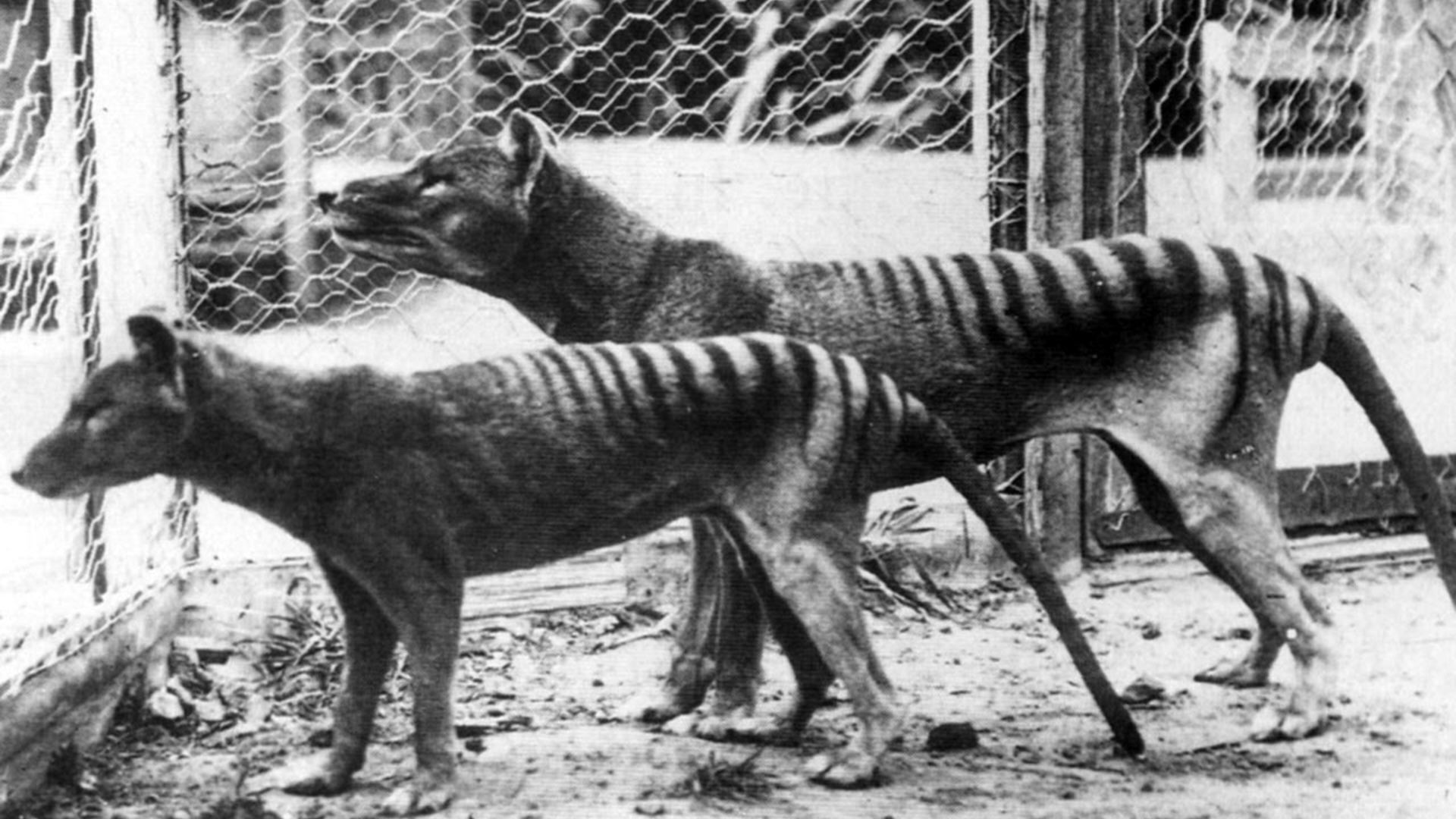
Where it lived: Australia (including Tasmania) and New Guinea
When it went extinct: 1936
What its species name means: Thylacinus cynocephalus means "dog-headed pouched dog."
The Tasmanian tiger, also known as the thylacine or Tasmanian wolf, is an extinct carnivorous marsupial that once roamed Australia (including the island of Tasmania) and New Guinea. Tasmanian tigers looked a bit like striped dogs, with big jaws; yellow fur with black stripes; stumpy legs; and a long, skinny tail. But they were not closely related to dogs. Instead, their closest living relatives are other meat-eating marsupials, like Tasmanian devils and quolls. Like other marsupials, they carried their young in pouches.
The last known Tasmanian tiger died in a zoo in 1936. But many unconfirmed sightings have raised questions about whether the creature truly went extinct at that time. And researchers are trying to bring the extinct creature back to life. To do that, they plan to put DNA from the last thylacines into the eggs of a fat-tailed dunnart, a small marsupial that looks like a mouse.
5 fun facts about thylacines
- Females held up to four joeys in backward-facing pouches. Males had mini-pouches, but didn't carry baby thylacines in them.
- After the marsupial lion (Thylacoleo carnifex) went extinct around 50,000 years ago, the thylacine became the world's largest marsupial carnivore. It was about the size of a medium to large dog.
- Tasmanian tigers were shy and could be captured easily. They would often die suddenly, probably of shock.
- Scientists have sequenced every thylacine gene, and they are planning to bring the extinct creatures back to life. One company says it could be done by 2028.
- The last known thylacine died just a few months after earning official government protection.
Everything you need to know about thylacines
When did Tasmanian tigers go extinct?
Thylacines once roamed across Australia (including the island of Tasmania) and parts of New Guinea. Around 2,000 years ago, the marsupials disappeared from mainland Australia. It's not clear why, but they may have been hunted by people. They also may have faced stiff competition from dingos, according to the Australian Museum.
However, thylacines hung on in Tasmania until the British colonized the island and started hunting them. Their numbers declined over several decades, and the last known thylacine died in Beaumaris Zoo in Hobart in 1936. Although many people claimed to see thylacines in the years after, those sightings were not confirmed. The species was officially declared extinct in 1982.
Why did Tasmanian tigers go extinct?
Tasmanian tigers went extinct because of humans' actions.
Around 5,000 thylacines lived on Tasmania when Europeans started clearing land for settlements in the early 1800s. The British set up farms for sheep and other livestock. Fearing the thylacines would prey upon the livestock, in 1840 the Van Diemen Land Co. set up a bounty, or reward, for every Tasmanian tiger killed. Tasmania set up an official bounty in 1888. Roughly 3,500 thylacines were hunted between 1830 and 1920, according to the National Museum of Australia.
But disease and habitat destruction also probably contributed to the animal's extinction, according to the National Museum of Australia.
Where did thylacines live?
Animals inThylacinus, the group that includes the Tasmanian tiger, once roamed across New Guinea, mainland Australia and Tasmania. We know this from fossils. For instance, paleontologists have unearthed 30 million-year-old thylacine fossils in Queensland, Australia, as well as a 2,000-year-old carcass in a cave in Western Australia.
By around 2,000 years ago, they disappeared from everywhere except the island of Tasmania.
What did Tasmanian tigers eat?
Tasmanian tigers liked to eat kangaroos and other marsupials. They also preyed upon rodents and small birds, according to the Australian Museum.
The shy creatures hunted mainly at night and tended to stalk their prey alone, or sometimes in pairs.
Thylacines probably sometimes hunted poultry and livestock from farms. But the extent of this hunting has probably been exaggerated, according to the Australian Museum. And a 2011 study showed they had weak jaws, which meant they probably couldn't eat sheep. That study suggested they probably preferred small marsupials, like wallabies and possums.
Tasmanian tiger taxonomy
Here is the taxonomy, or classification, for the Tasmanian tiger, according to the Integrated Taxonomic Information System (ITIS):
Kingdom: Animalia
Phylum: Chordata
Class: Mammalia
Order: Dasyuromorphia
Get the world’s most fascinating discoveries delivered straight to your inbox.
Family: Thylacinidae
Genus: Thylacinus
Species: Thylacinus cynocephalus
Tasmanian tiger pictures
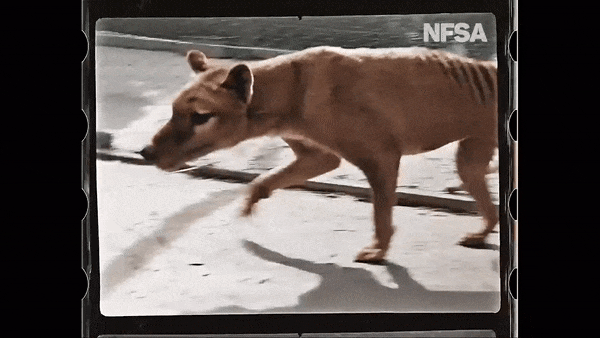
Colorized footage of the last Tasmanian tiger at Beaumaris Zoo in Hobart, Australia, from 1933.
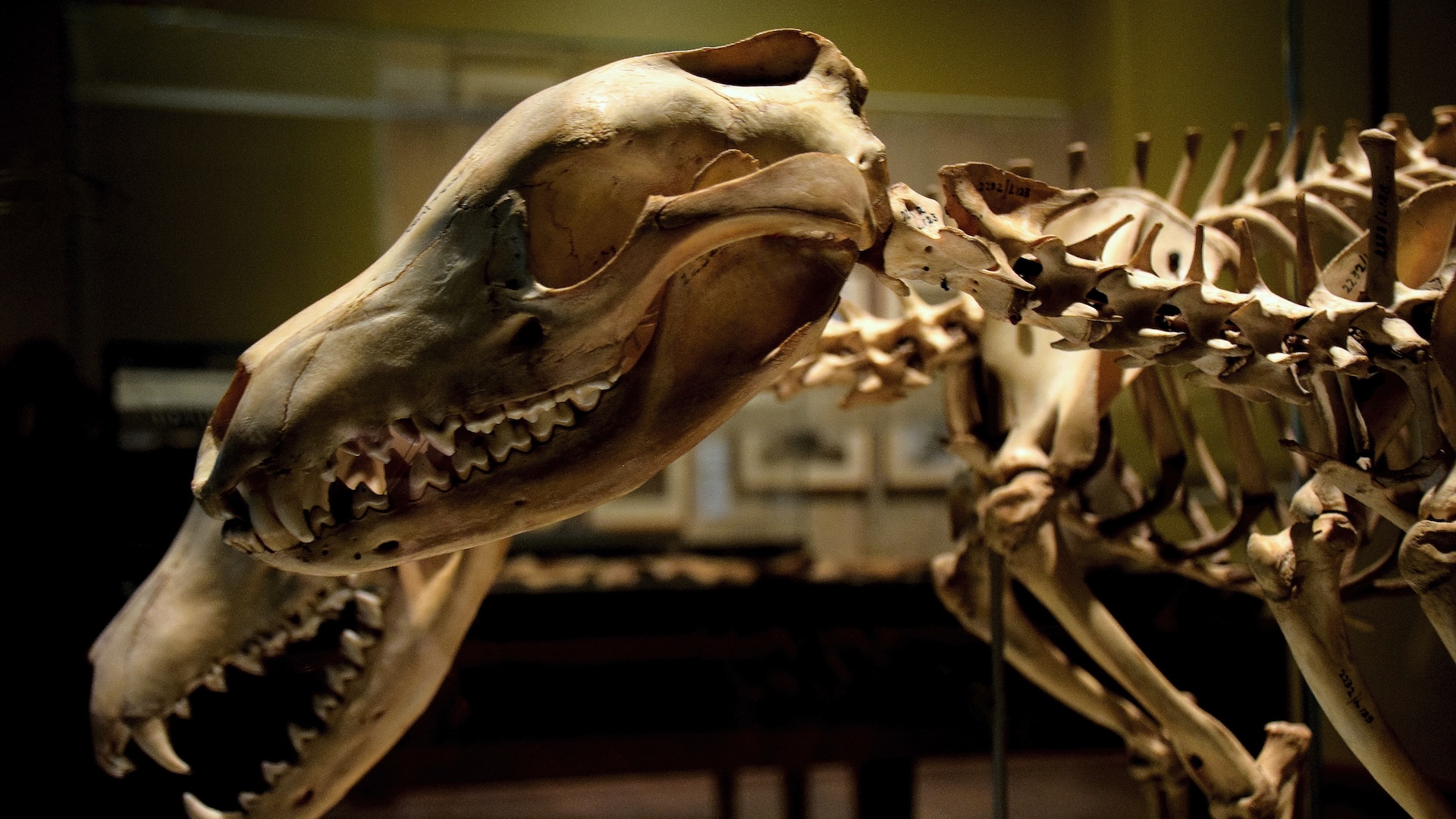
The skeletons of two thylacines on display at the Tasmanian Museum and Art Gallery in Hobart.
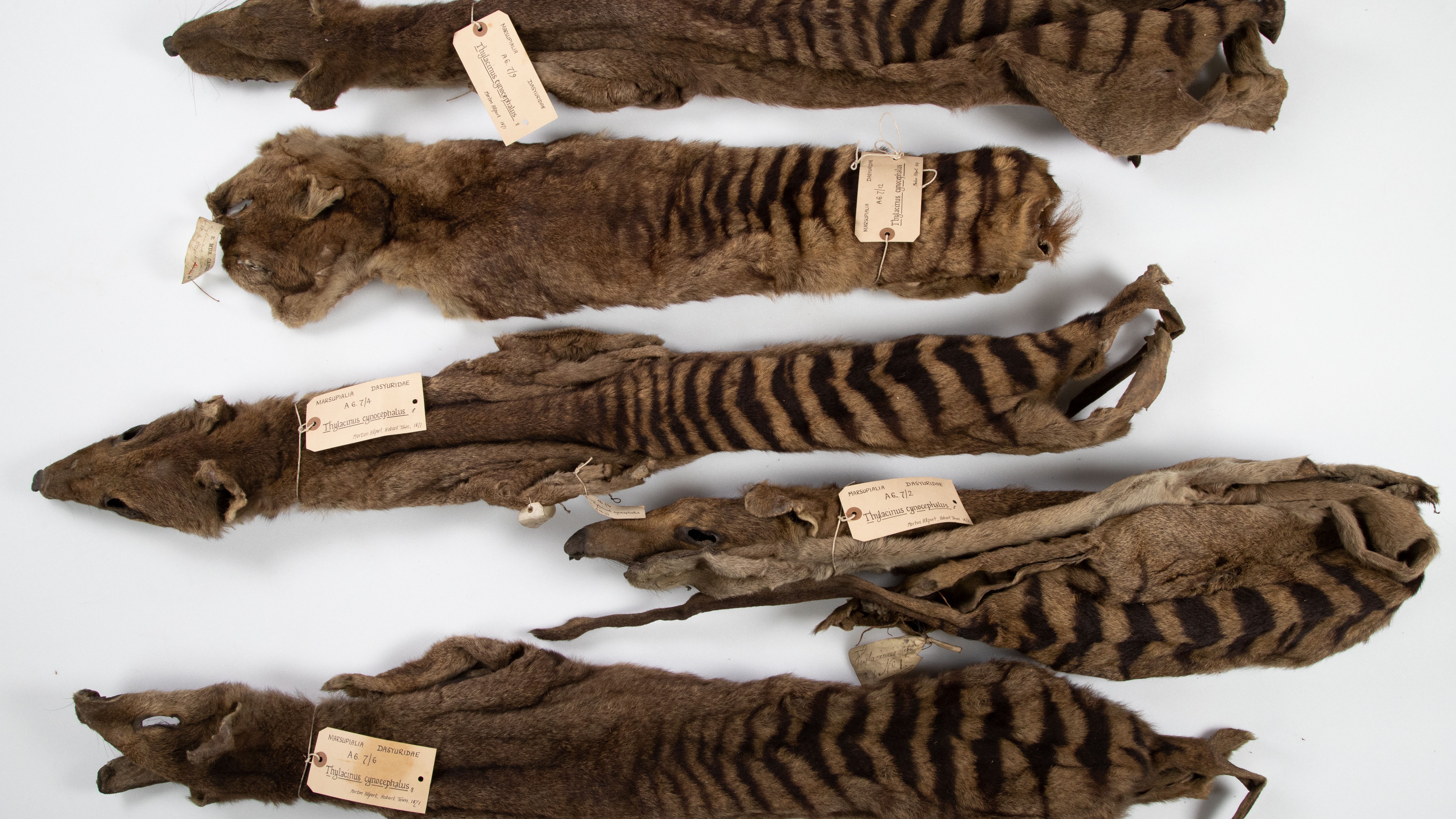
Thylacine pelts that Morton Allport, a now-disgraced Tasmanian naturalist, sent to the University Museum of Zoology, Cambridge, between 1869 and 1871.
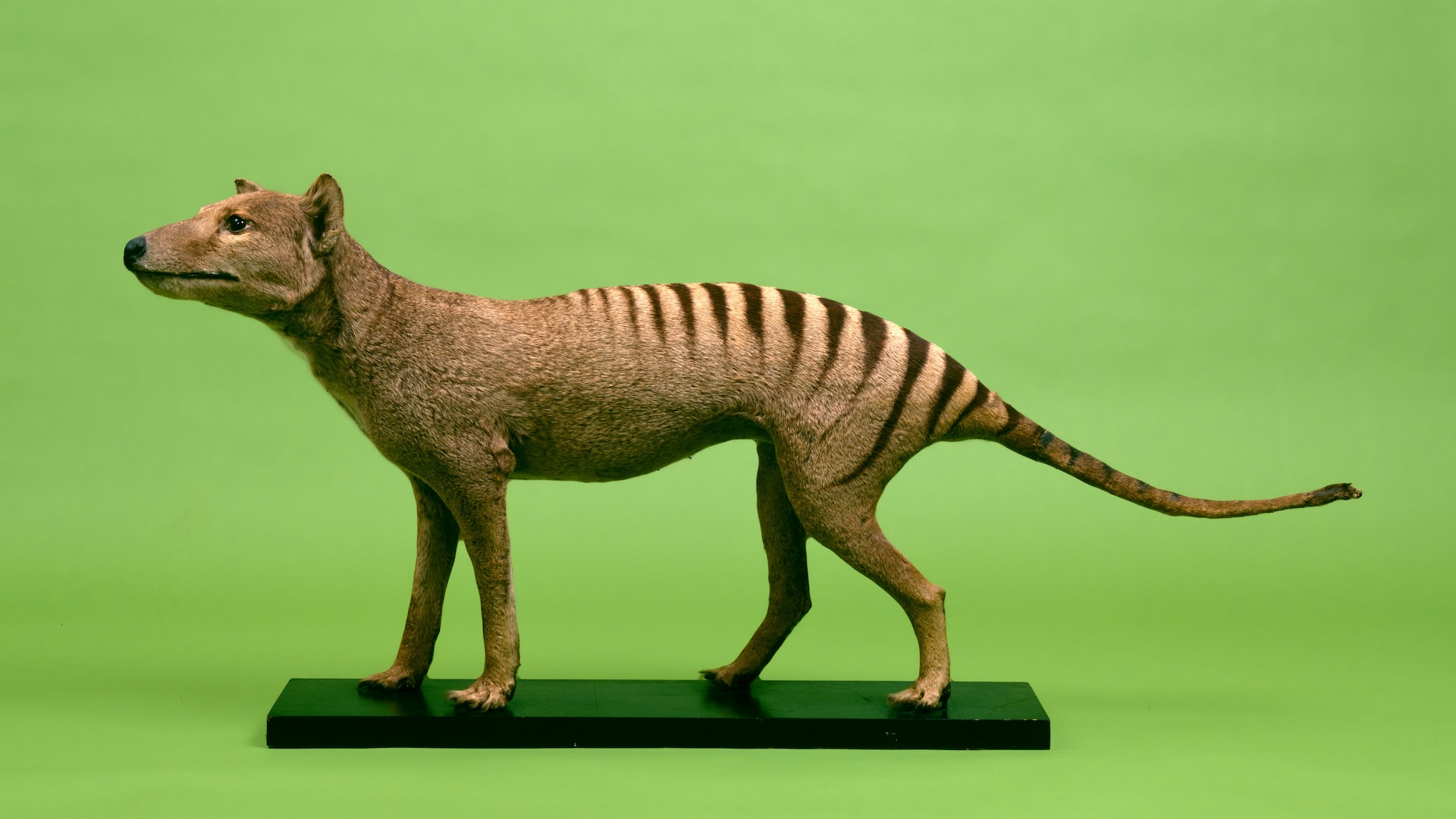
A taxidermy thylacine from the Natural History Museum in London.
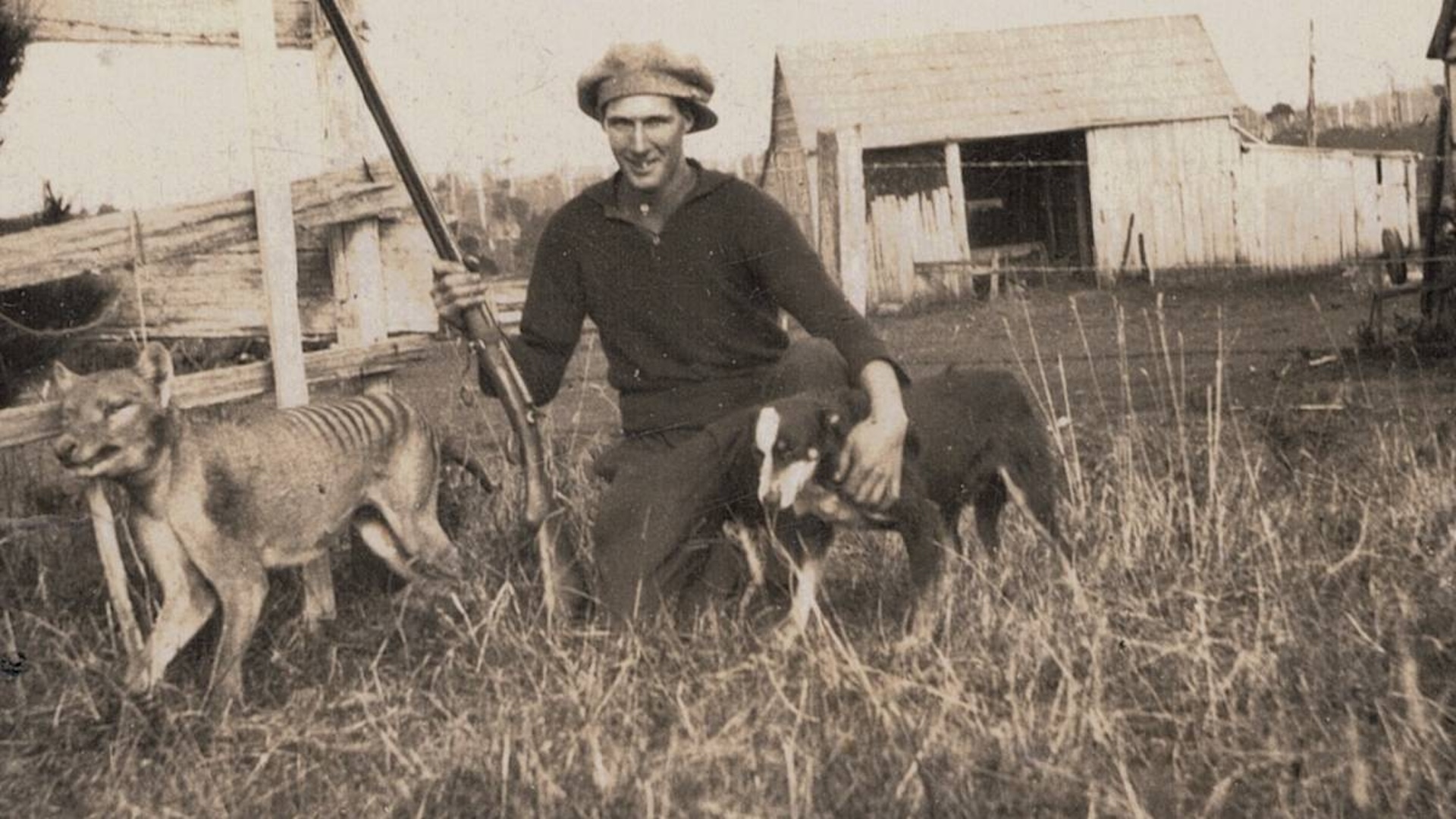
Wilfred Batty of Tasmania posing with the last Tasmanian tiger known to have been shot in the wild, in 1930.
Discover more about thylacines
—Ghost of the Tasmanian Tiger: Scientists Investigate Sightings
—Last-known video of 'Tasmanian tiger' rediscovered
—Could extinct Tasmanian tigers be brought back from the dead?

Tia is the editor-in-chief (premium) and was formerly managing editor and senior writer for Live Science. Her work has appeared in Scientific American, Wired.com, Science News and other outlets. She holds a master's degree in bioengineering from the University of Washington, a graduate certificate in science writing from UC Santa Cruz and a bachelor's degree in mechanical engineering from the University of Texas at Austin. Tia was part of a team at the Milwaukee Journal Sentinel that published the Empty Cradles series on preterm births, which won multiple awards, including the 2012 Casey Medal for Meritorious Journalism.


